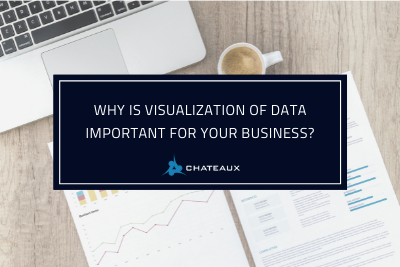
- University of Pittsburgh Medical Center: Homegrown software to perform analytics and predictive models to forecast patient behavior and provide preventive care, against a 6.3 terabyte database consisting of electronic clinical notes, claims data, patient demographics, individuals, self-reported health assessments, pharmacy data, household data, and more – all pulled from multiple, disparate sources. They have modeled the future impact of the flu season on members; figured out which members who require high use of medical services will continue to do so in the future; predicted who will need emergency care; and determined the probability of readmission before it occurs.
- National Health Services: Used QlikView Business Discovery Platform at Colchester Hospital to reduce reporting time to 54 hours a month from 231 hours a month and saved almost £46,000 annually due to new efficiency and productivity savings.
- Jersey City Medical EMS: Deployed a system which integrates geographic information system technology, wireless communications, and a global positioning system to give the EMS real-time information that allows teams to arrive at their destinations more quickly. They were able to improve response rates to less than six minutes, compared with the national standard of eight minutes and 59 seconds.
- Carilion Clinic: Piloted IBM technology to identify individuals at risk for heart disease from a pool of 8,500 patients. They achieved 85% accuracy in detecting heart failure by analyzing structured and unstructured data in Epic electronic medical records.
In some cases, it is even simpler than these examples. For example, some healthcare practitioners we’ve spoken to send spreadsheets around to collaborate on analyzing patient-care performance. When we look at the volume of data that will be generated over the coming years from the likes of wireless, wearable devices such as FitBit and social media, it is imperative that healthcare organizations look this ”gift horse in the mouth” and leverage this massive amounts of information to their advantage. The future is coming: another recent article noted how Apple, Google, and Samsung are now investigating fitness and healthcare applications for their wearable technology such as blood sugar monitoring.
How can one start? Here are some recommendations:
- Identify the sources of your data, and the accuracy of the data collected.
- Understand the data you want to analyze; include security and compliance in your strategy.
- Create a list of questions you want to have answered on a regular basis; these are your goals.
- Invest in technology that can be used to integrate these sources of data and enable your practitioners to view the answers to their questions, collaborate, and take action.
- Use the technology regularly!
One example is Decisyon, a Chateaux partner, which provide technology that not only allows you to integrate and analyze data, but also to collaborate around data points and put learnings into action within your source systems such as ERP.
Big data has infiltrated many industries with its power, and healthcare is the next target. But don’t be scared – you can use big data analytics to your advantage through the right technology and a logical understanding into the questions you want answered. Several organizations have already done so – and now it’s your turn.
The article referenced can be found here.








